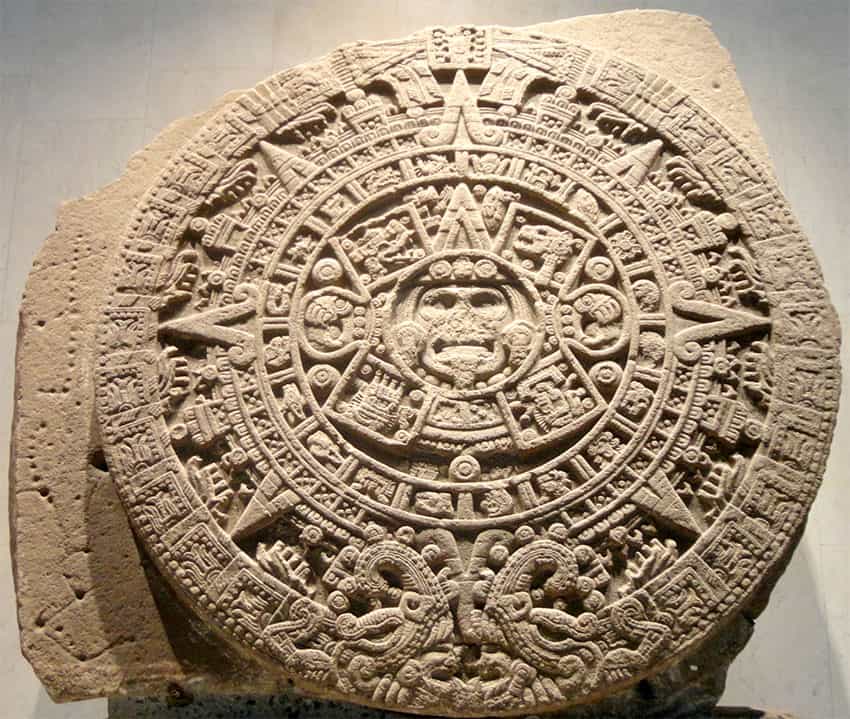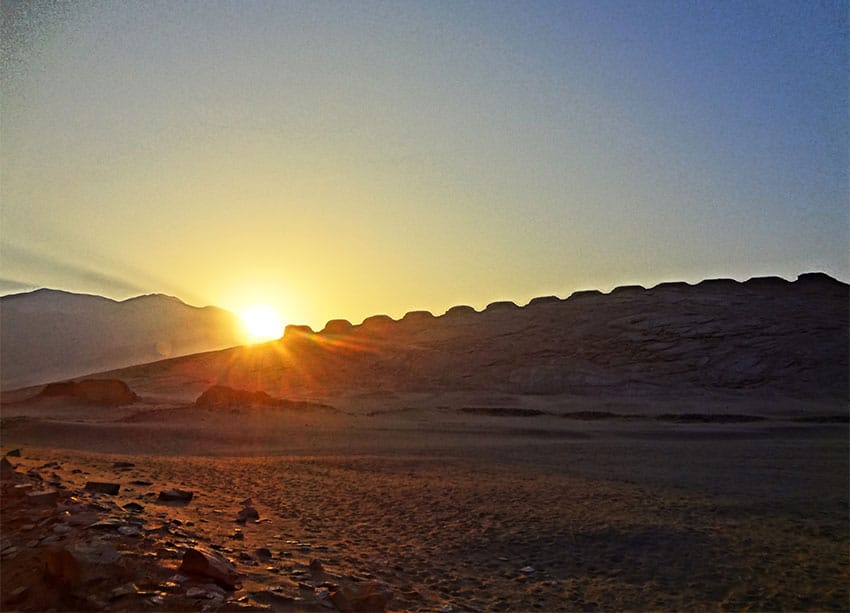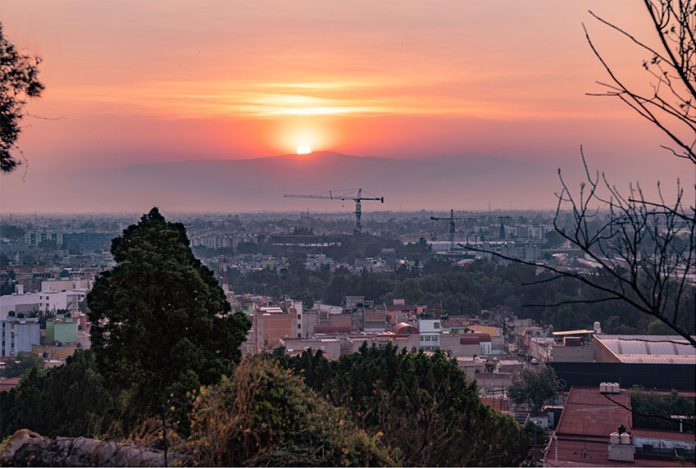A new study confirms that without the celestial instruments used by Europeans in the 16th century (like the sundial, compass, quadrant and astrolabe), inhabitants of the Valley of Mexico managed to keep an accurate agricultural calendar in synchrony with the solar year.
The study, conducted by the University of California Riverside plant ecologist Exequiel Ezcurra, revealed that the region’s Mexica (or Aztec) population used the rough topography of the eastern mountains as a solar observatory. Based on the movements of the sun, they created a calendar that predicted the seasons and even adjusted for leap years.
Before the arrival of the Spanish conquerors in 1519, the agricultural system of the Valley of Mexico fed one of the largest population densities on Earth. While Seville had around 50,000 inhabitants — Spain’s largest urban area at the time — the area of present-day Mexico City had an estimated 1 to 3 million residents.

With such a large population to feed, “successful farming … depended critically on the ability to keep an accurate calendar to predict the seasons,” the study reported. With a dry spring followed by a monsoon-type rainy season from summer to early fall, planting too early or too late could’ve been catastrophic, Ezcurra explained.
Failure to adjust to the fluctuations of leap years could have also led to disastrous crops.
However, by looking at the sunrise against the ragged horizon of the eastern mountains of the valley, from a fixed point, ancient observers managed to keep track of the days — and of their farming calendar — with minimal parallax error.
Many other civilizations also used silhouettes in the horizon to mark how the sun moved through the sky. For instance, an unknown civilization in Peru built the oldest solar observatory in the world, consisting of a line of 13 stone towers. Watching from a fixed point, the rising and setting of the sun in the space between each tower represented the passing of a specific amount of time.
To find that fixed place in the Valley of Mexico, researchers referred to Mexica codices that pointed to Mount Tlaloc as a calendric reference. An in situ exploration revealed that an ancient causeway in the peak of the mountain could have been used as a fixed solar observatory. In addition, the study suggests the causeway was “built for the purpose of calendric adjustments.”
Equinoxes were possibly also observed from Mount Tlaloc. For instance, there is only one day in the spring and one day in the fall in which the sun rises behind the peak of Mount Tlaloc (as seen from the Templo Mayor in Mexico City), a fact that helped the Mexica identify the spring and fall equinoxes.

According to the study, these results emphasize how different civilizations adapted the length of the calendar to the solar year using different technologies.
By using the jagged natural landmarks in their surroundings, the inhabitants of the Valley of Mexico “were able to adjust their calendar to keep in synchrony with the solar year and successfully plan their corn harvests,” the study concluded.
Finally, Ezcurra emphasized that Mexico City’s famous Piedra del Sol (Sun Stone) should not be thought of as a calendar — though it is often incorrectly referred to as the “Aztec calendar.”
“It had no practical use as a celestial observatory,” Ezcurra said. “Think of it as a monument, like Nelson’s Column in Trafalgar Square or the Lincoln Memorial in Washington, D.C.”
With reports from MXCity, Science Alert and PNAS
